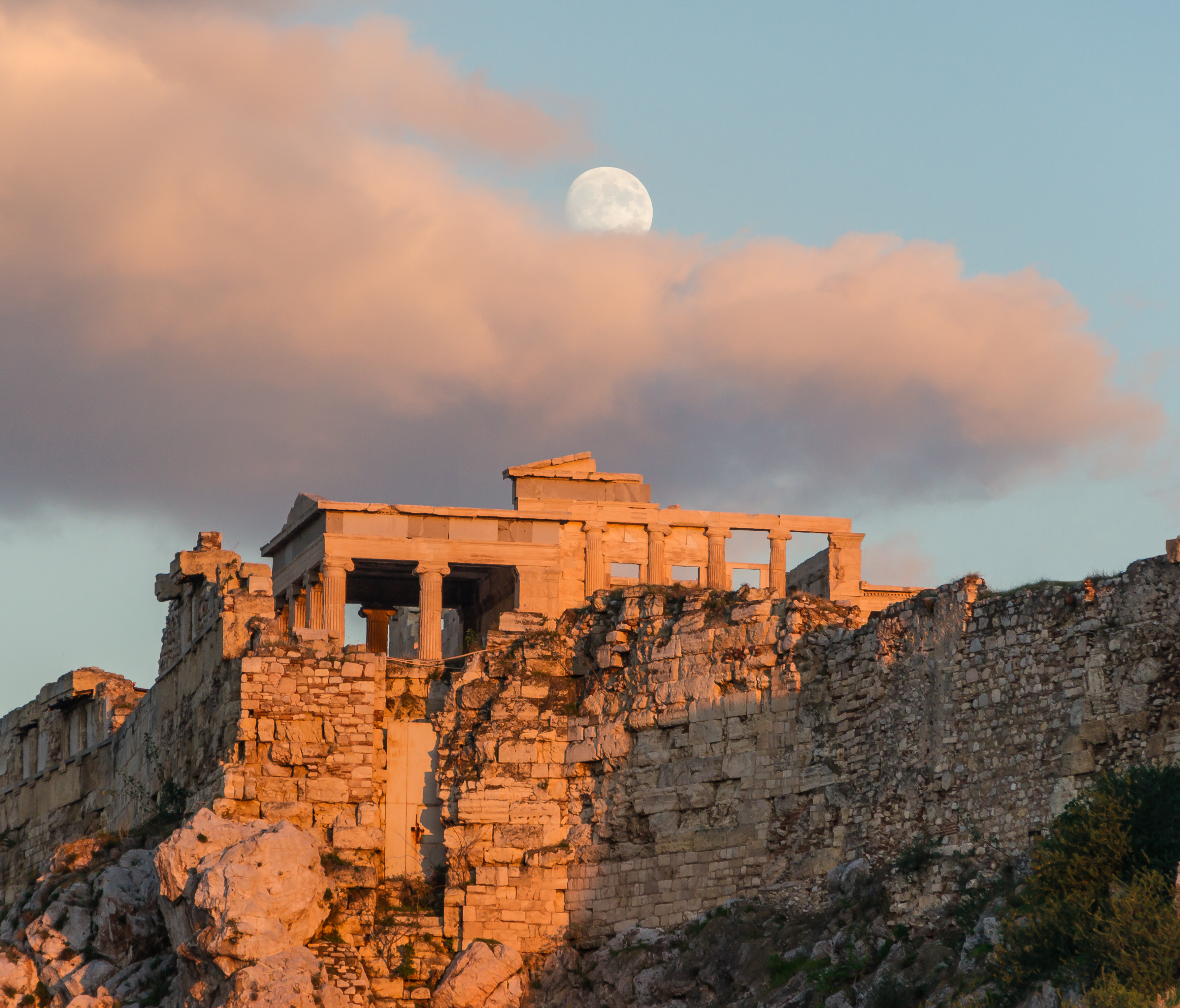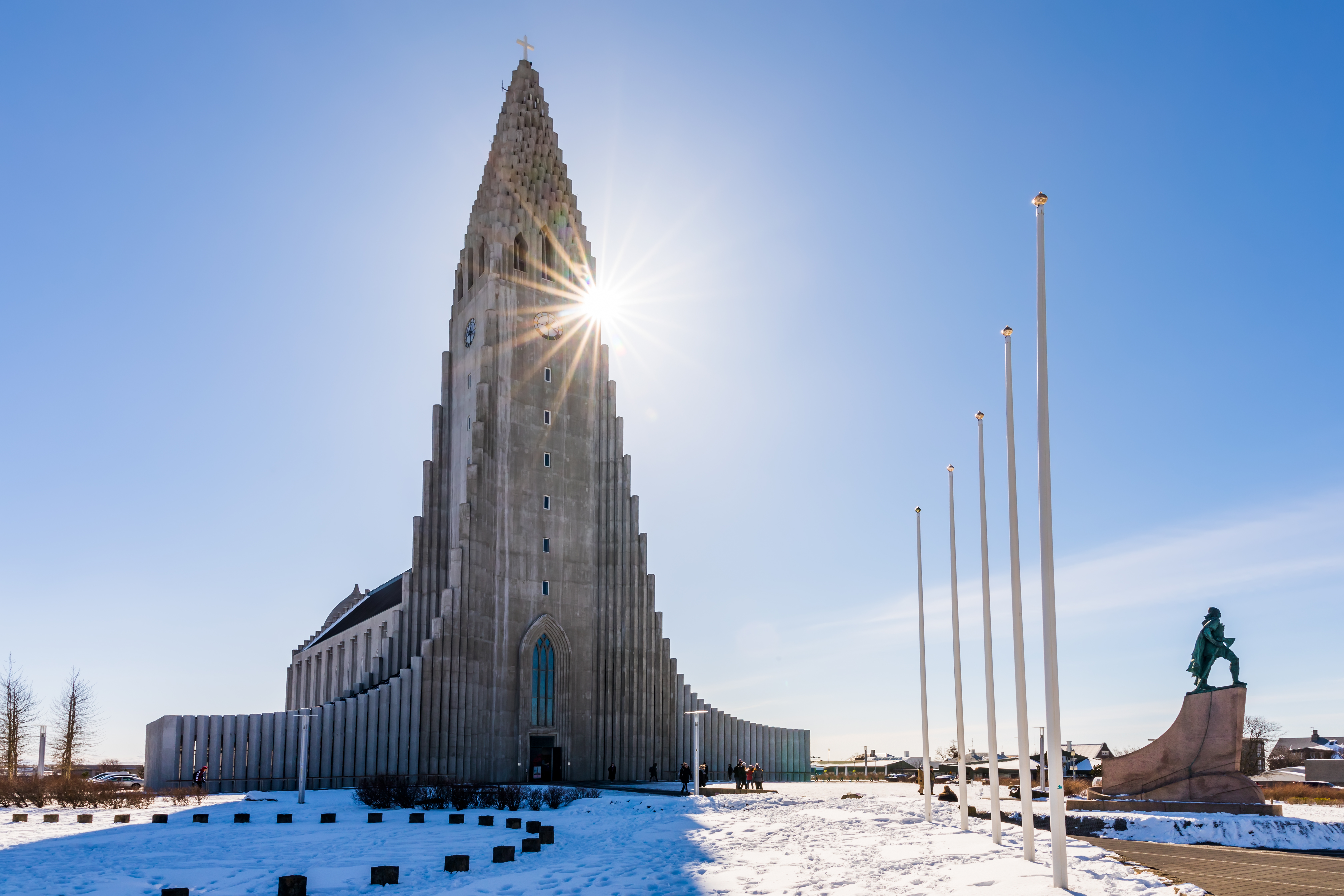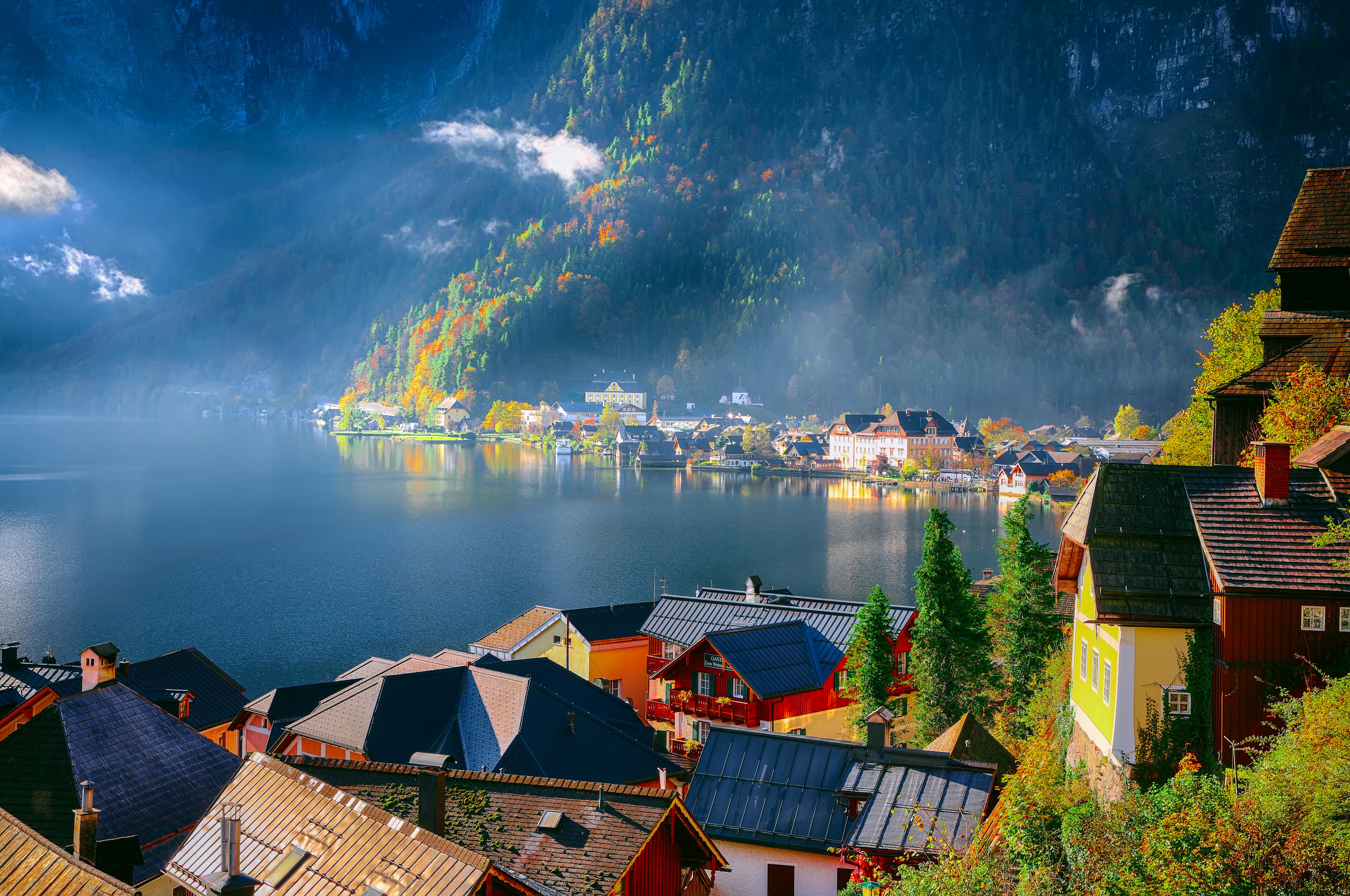10 Photos That Prove Kyoto is Even More Beautiful Than You Imagined
Kyoto, the ancient capital of Japan, is a city where tradition and modernity coexist in harmony. Known for its classical Buddhist temples, as well as gardens, imperial palaces, Shinto shrines, and traditional wooden houses, Kyoto is a city that embodies the essence of Japanese culture. The city’s beauty is not just in its historical architecture but also in its natural landscapes, which change dramatically with the seasons. In spring, cherry blossoms paint the city in pastel hues, while autumn brings vibrant reds and oranges. This article will take you on a visual journey through Kyoto’s breathtaking scenery, captured in 10 stunning photos that go beyond your wildest dreams. Each image tells a story, revealing the intricate layers of Kyoto’s charm and inviting you to explore its wonders.
1. The Tranquility of Kinkaku-ji: A Golden Reflection
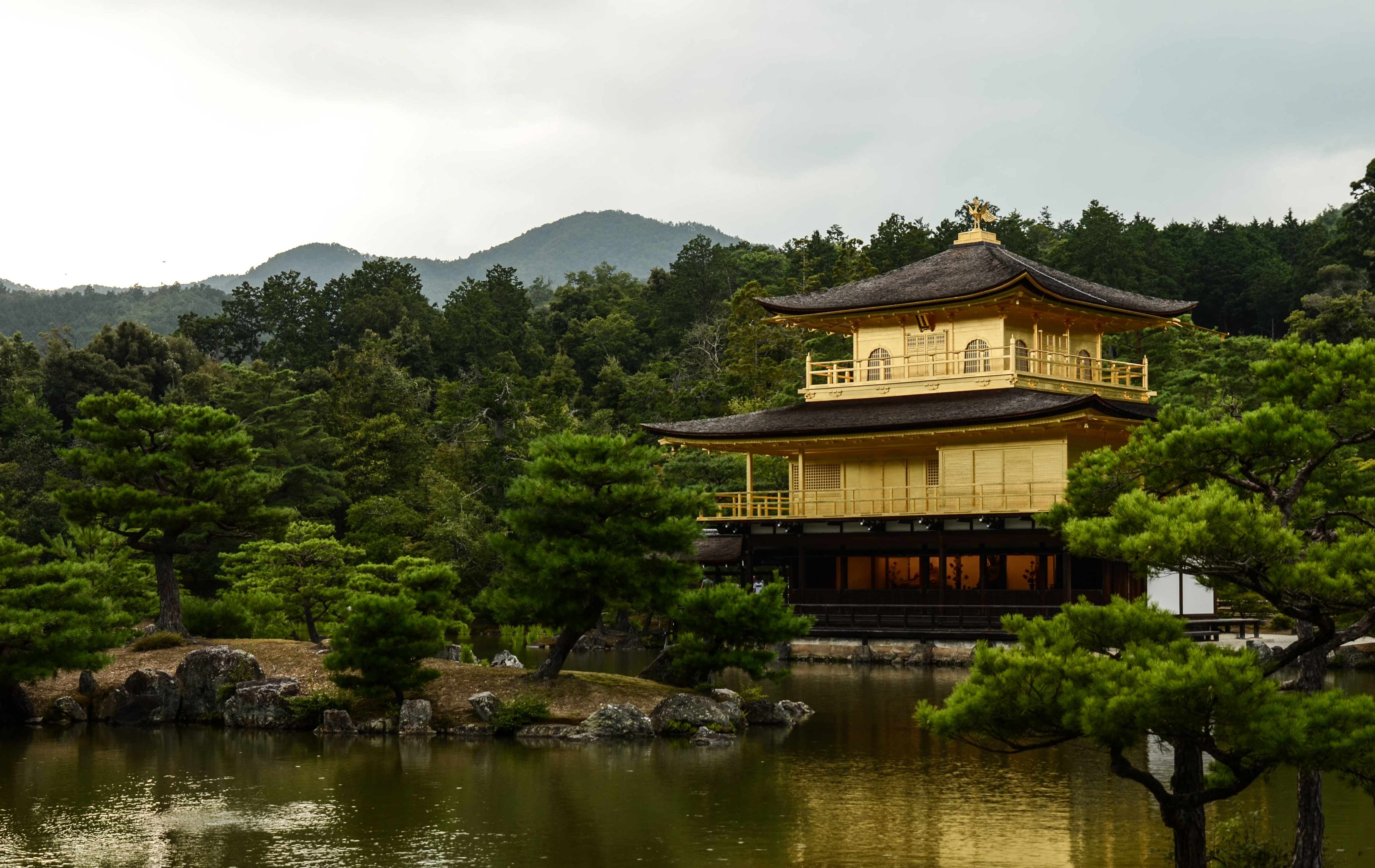
Kinkaku-ji, or the Golden Pavilion, is one of Kyoto's most iconic landmarks. This Zen Buddhist temple is a masterpiece of architecture, covered in brilliant gold leaf and surrounded by a serene pond that mirrors its beauty. The interplay of light and water creates a scene of ethereal tranquility, especially during the early morning when mist rises from the pond, adding a mystical quality to the surroundings. The temple’s reflection on the water is a symbol of harmony between man-made structures and nature, a theme prevalent throughout Kyoto. As you gaze upon this image, you can almost hear the gentle rustle of leaves and the soft lapping of water, inviting you to lose yourself in contemplation.
2. Arashiyama Bamboo Grove: A Symphony of Green
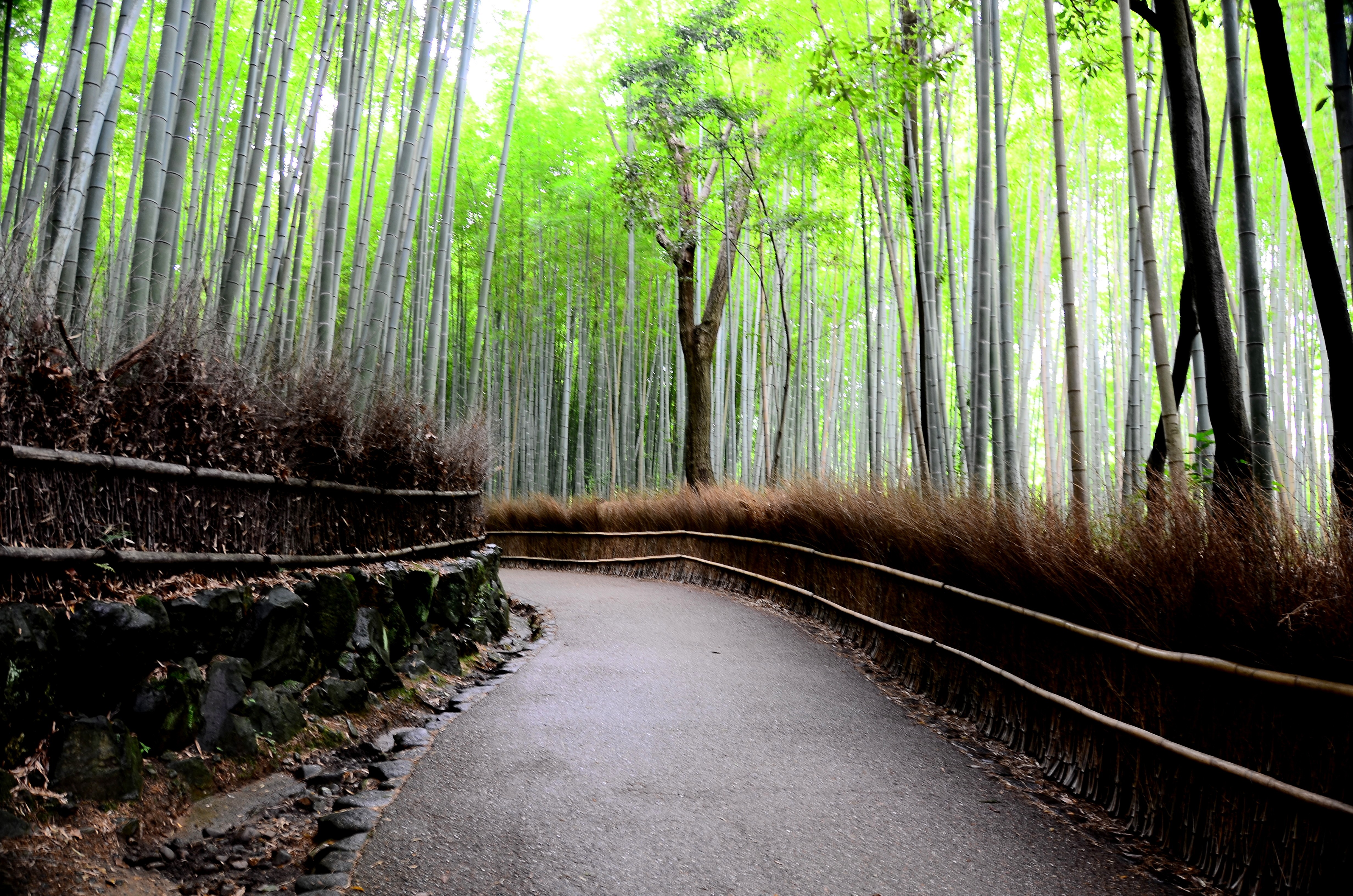
Walking through the Arashiyama Bamboo Grove is like stepping into another world. The towering bamboo stalks sway gently in the breeze, creating a natural canopy that filters sunlight into a soft, green glow. This enchanting pathway is a testament to the beauty of simplicity and the power of nature to inspire awe. The bamboo grove is not only a visual spectacle but also an auditory experience; the rustling leaves and creaking bamboo create a symphony that soothes the soul. This image captures the essence of Arashiyama, a place where time seems to stand still and every step brings a new sense of wonder.
3. The Philosophical Path: A Journey of Reflection
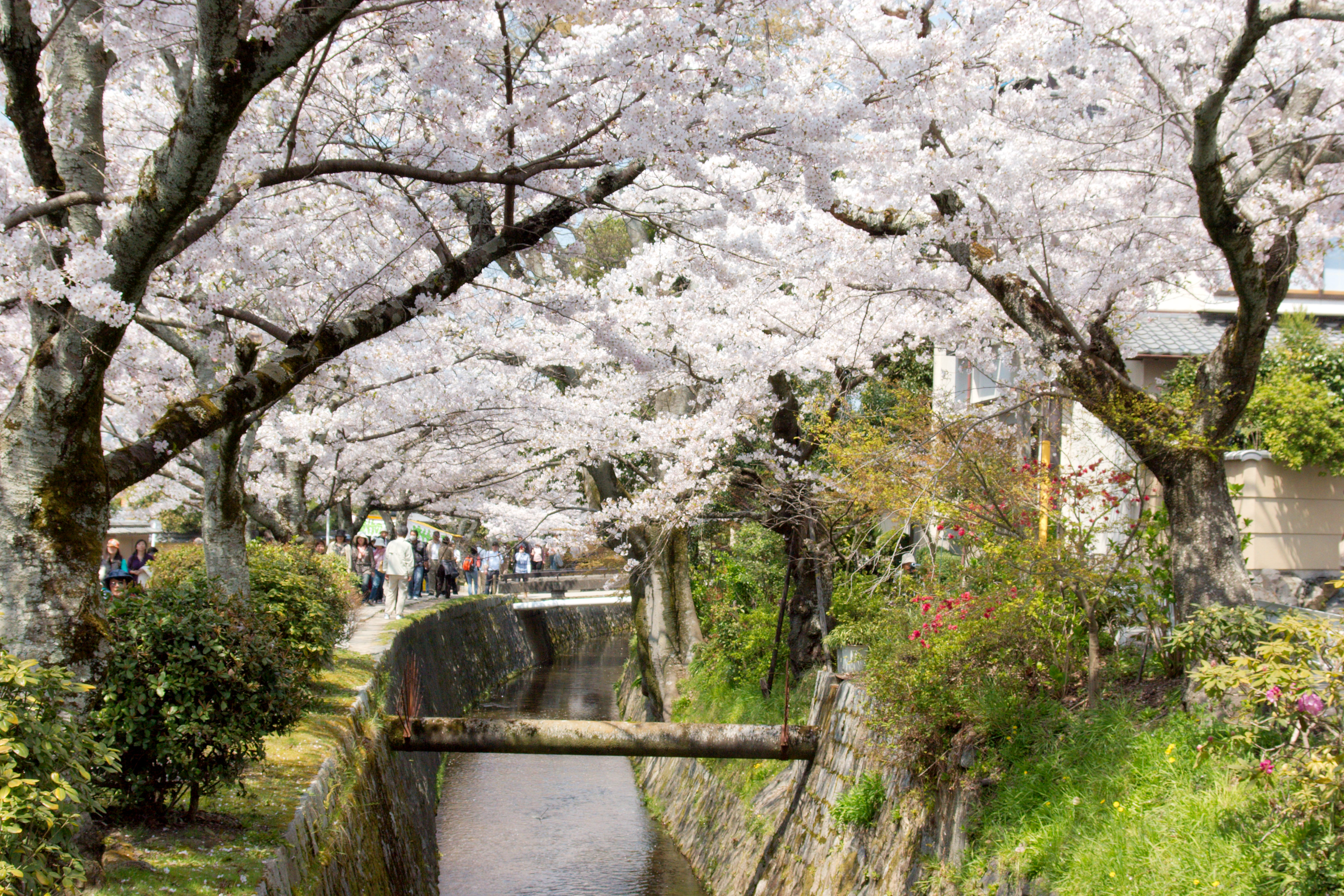
The Philosopher’s Path, or Tetsugaku-no-Michi, is a picturesque walkway that follows a cherry-tree-lined canal in Kyoto. Named after the philosopher Nishida Kitaro, who is said to have used it for daily meditation, this path is a haven of peace and introspection. In spring, the cherry blossoms create a breathtaking tunnel of pink, while in autumn, the path is adorned with vibrant foliage. Each season offers a unique perspective, encouraging visitors to reflect on the passage of time and the beauty of change. This image encapsulates the serene ambiance of the Philosopher’s Path, inviting you to embark on your own journey of reflection.
4. Fushimi Inari Shrine: A Thousand Torii Gates
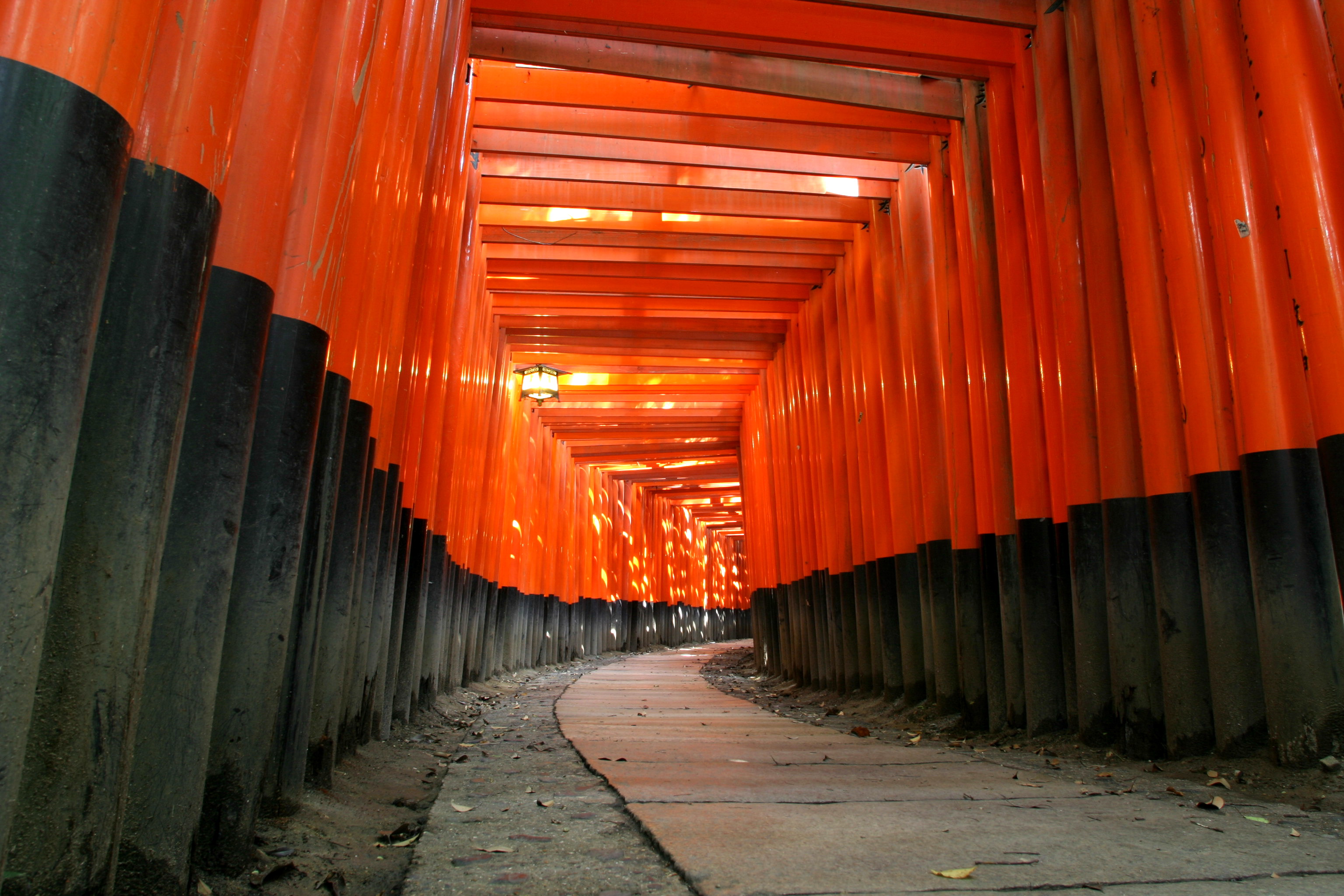
Fushimi Inari Shrine is renowned for its thousands of vermilion torii gates that create a mesmerizing tunnel up the sacred Mount Inari. These gates, donated by individuals and businesses, are symbols of prosperity and good fortune. The vibrant color of the torii contrasts sharply with the lush greenery, creating a visual feast for the eyes. As you walk through this seemingly endless corridor, you are enveloped in a sense of mystery and reverence. This image captures the spirit of Fushimi Inari, a place where the physical and spiritual worlds intersect, offering a glimpse into the rich tapestry of Shinto beliefs.
5. The Enigmatic Ryoan-ji Rock Garden
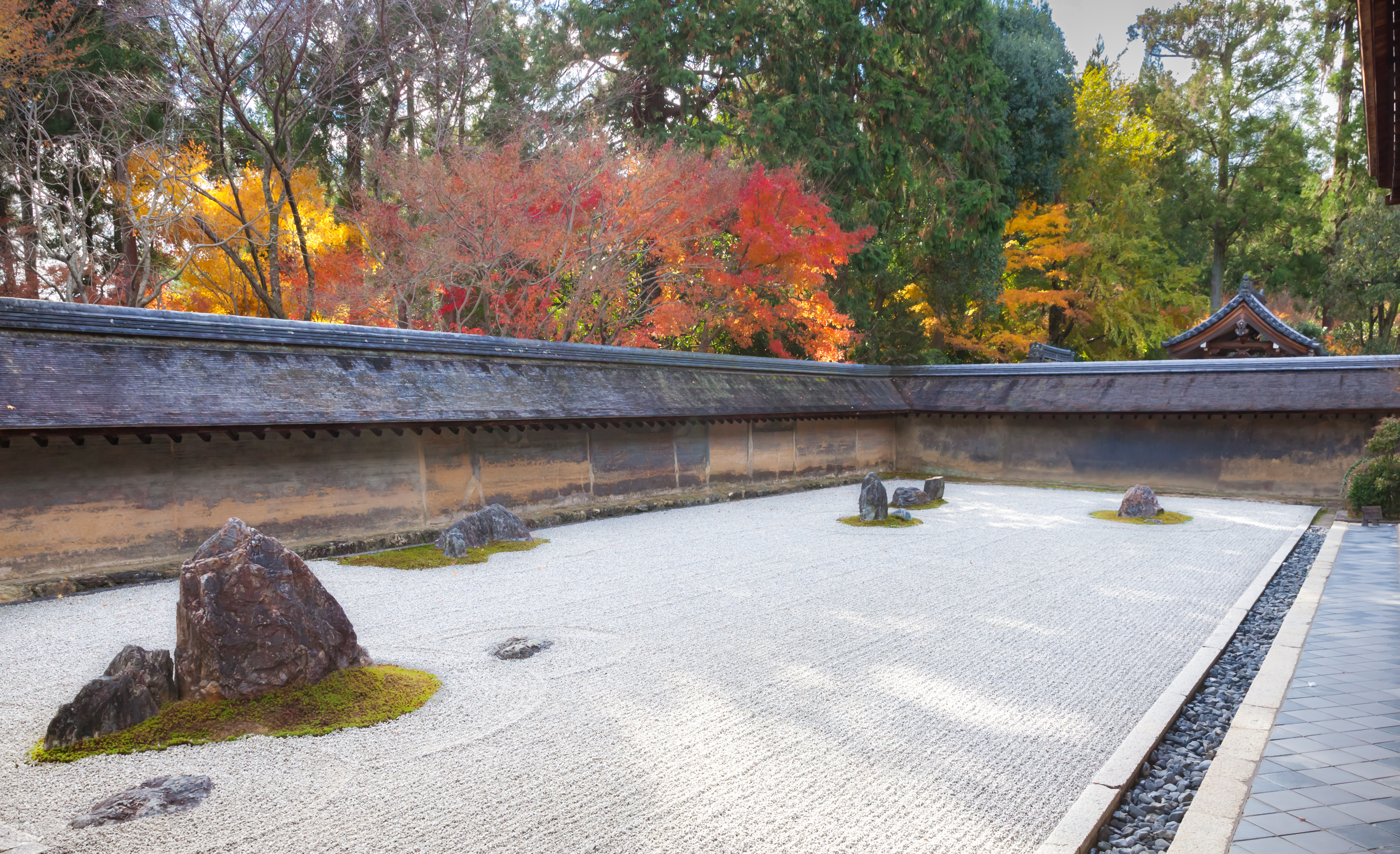
Ryoan-ji, a Zen temple in Kyoto, is famous for its enigmatic rock garden, a masterpiece of minimalist design. The garden consists of carefully arranged rocks and white gravel, raked into precise patterns that invite contemplation. The simplicity of the garden belies its complexity; each viewer may interpret the arrangement differently, finding their own meaning in the spaces between the stones. This image captures the essence of Zen philosophy, where less is more, and beauty is found in the simplicity of form and the silence of the mind. The Ryoan-ji rock garden is a testament to the power of minimalism to evoke profound reflection.
6. Gion District: A Glimpse into the Past
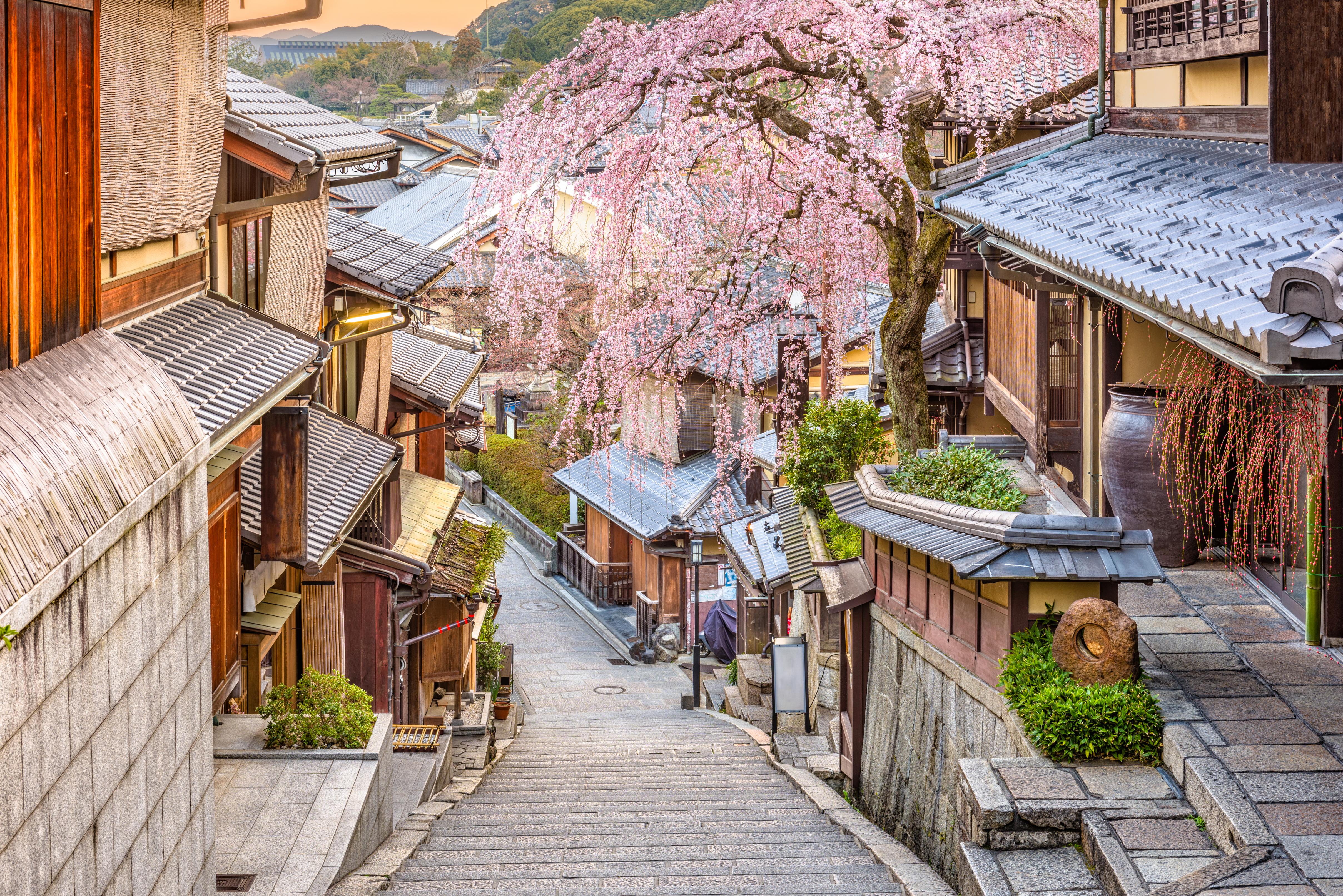
The Gion District is Kyoto’s most famous geisha district, where traditional wooden machiya houses line the streets, and the air is filled with the sound of shamisen music. Walking through Gion is like stepping back in time to the Edo period, where the elegance and grace of geisha culture come to life. This image captures the allure of Gion, with its narrow alleyways and lantern-lit teahouses, offering a glimpse into a world where tradition is cherished and preserved. The district is a living museum, where the past is not just remembered but celebrated, providing a unique window into Japan’s cultural heritage.
7. The Seasonal Splendor of Kiyomizu-dera
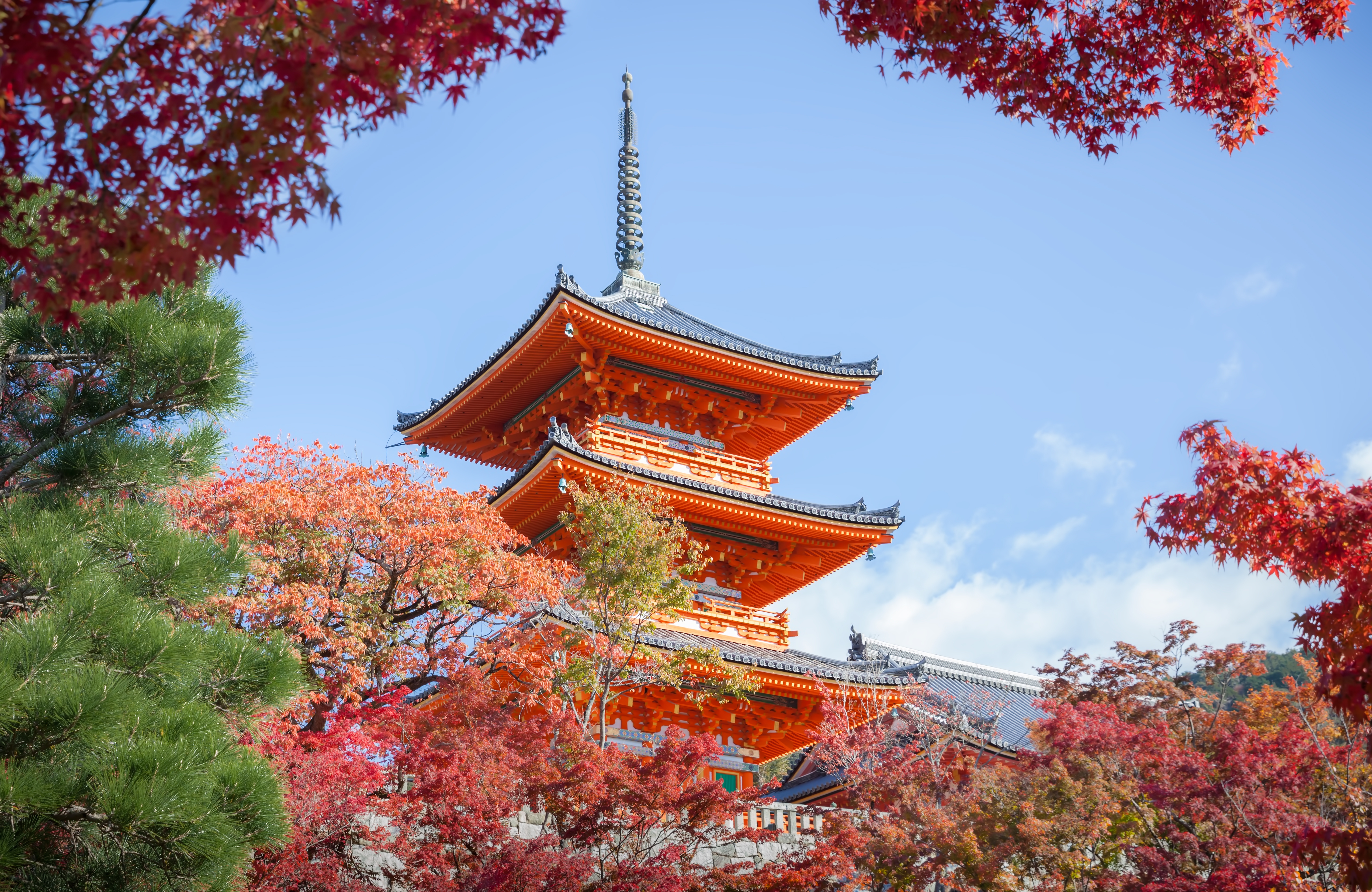
Kiyomizu-dera, a historic temple perched on the hills of eastern Kyoto, offers panoramic views of the city and its surrounding landscapes. The temple is famous for its wooden stage that juts out over the hillside, providing a breathtaking vantage point for viewing cherry blossoms in spring and fiery maple leaves in autumn. This image captures the seasonal splendor of Kiyomizu-dera, where nature’s beauty is on full display, reminding us of the impermanence and cyclical nature of life. The temple is a place of worship and wonder, where visitors can connect with the divine while marveling at the ever-changing canvas of Kyoto’s landscapes.
8. The Ethereal Beauty of Sagano Scenic Railway
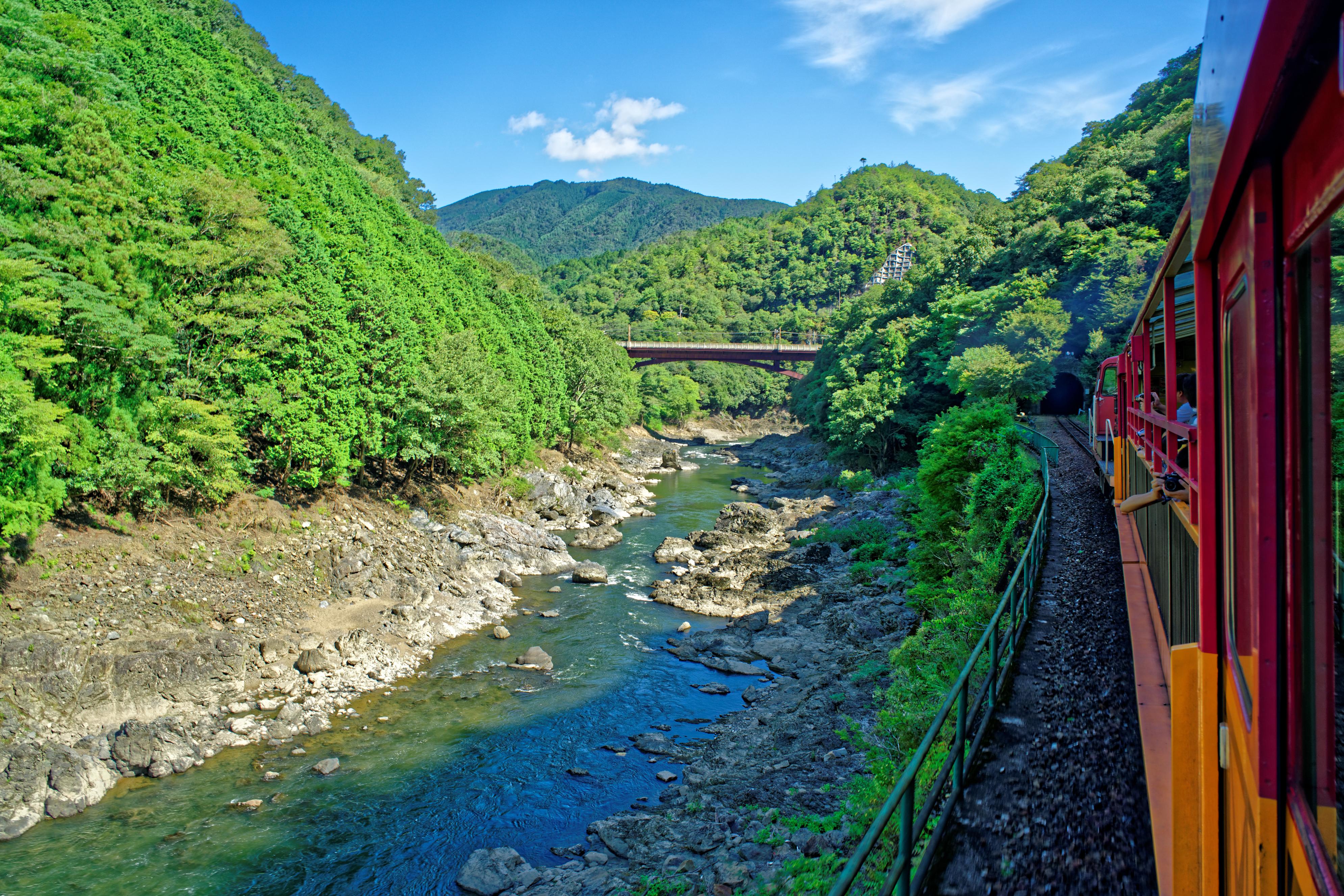
The Sagano Scenic Railway, also known as the Romantic Train, offers a unique way to experience the natural beauty of Kyoto’s countryside. The train winds through the lush Hozugawa Ravine, offering stunning views of mountains, rivers, and forests. Each season transforms the landscape, from the cherry blossoms of spring to the rich colors of autumn, providing a constantly changing backdrop for this scenic journey. This image captures the ethereal beauty of the Sagano Scenic Railway, where the rhythm of the train and the passing scenery create a meditative experience, inviting passengers to immerse themselves in the tranquility of nature.
9. The Mystical Aura of Kifune Shrine
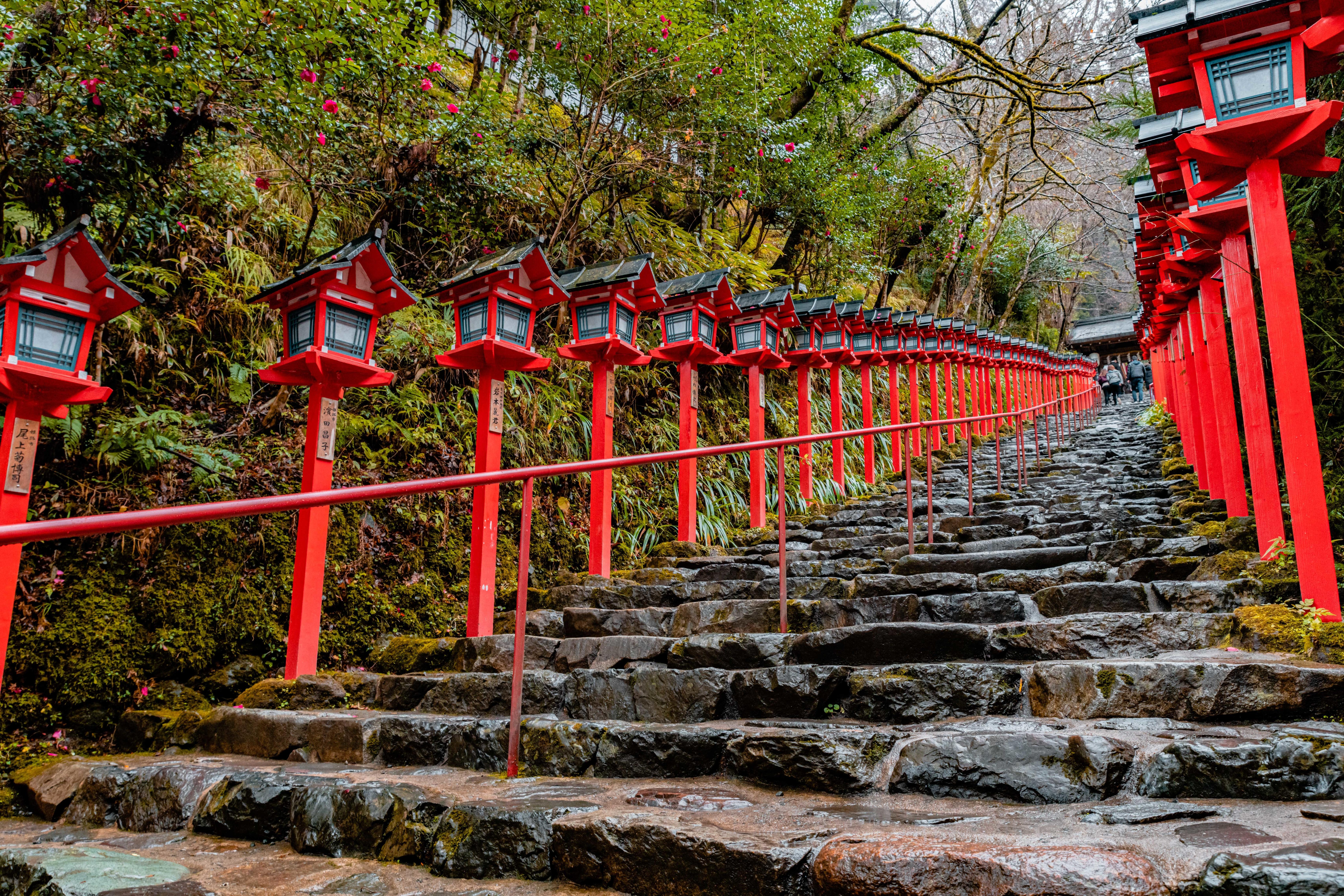
Nestled in the forested mountains north of Kyoto, Kifune Shrine is a place of mystical beauty and spiritual significance. The shrine is dedicated to the god of water, and its location near the Kibune River enhances its serene atmosphere. Visitors are greeted by a picturesque stone staircase lined with red lanterns, leading up to the shrine’s main hall. This image captures the mystical aura of Kifune Shrine, where the natural and spiritual worlds merge, offering a sanctuary for reflection and renewal. The shrine is a reminder of the deep connection between nature and spirituality that is central to Japanese culture.
10. The Majestic Serenity of Nanzen-ji Temple
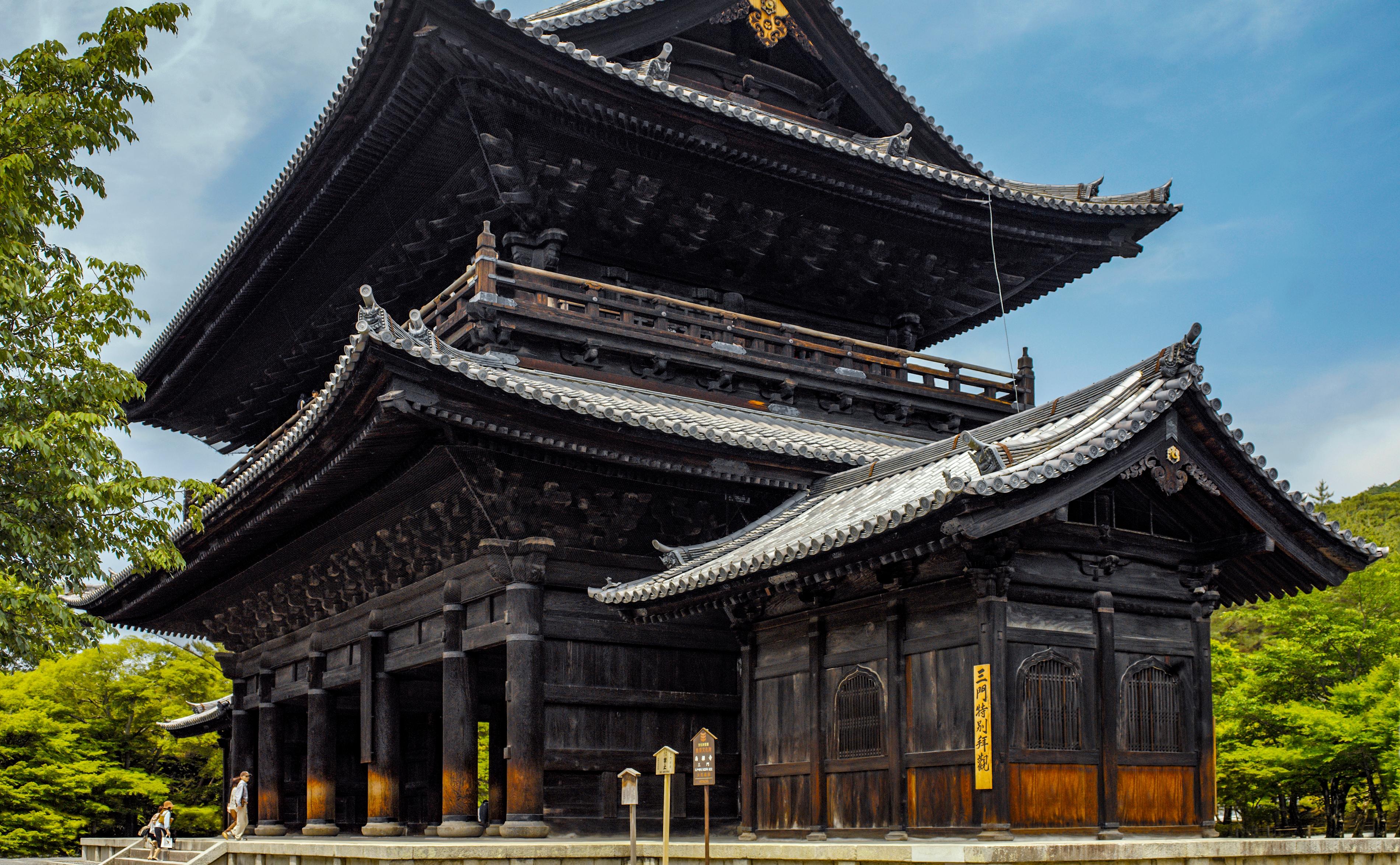
Nanzen-ji, one of the most important Zen temples in Japan, is known for its majestic architecture and serene gardens. The temple complex includes the iconic Sanmon gate, a symbol of enlightenment, and the Hojo garden, a masterpiece of Zen landscaping. This image captures the majestic serenity of Nanzen-ji, where the grandeur of the temple’s structures is complemented by the tranquility of its gardens. The temple is a place of meditation and mindfulness, where visitors can escape the hustle and bustle of modern life and find peace in the simplicity of Zen aesthetics.
As our journey through Kyoto’s unbelievable beauty comes to an end, we are left with a profound appreciation for the city’s timeless charm. Each photo has captured a moment in time, a glimpse into the soul of Kyoto, where tradition and nature coexist in perfect harmony. The beauty of Kyoto is not just in its physical landscapes but in the stories they tell and the emotions they evoke. This article has shown that Kyoto is more than just a destination; it is an experience that lingers in the heart and mind, inviting us to return and discover its wonders anew. Whether through the lens of a camera or the eyes of a traveler, Kyoto’s beauty is truly beyond your dreams.


